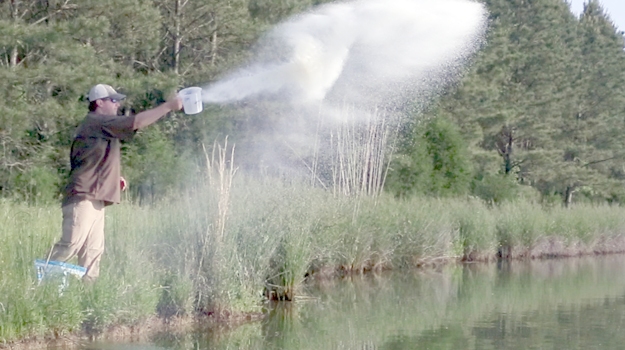Preventing Fish Loss in Ponds: A Comprehensive Guide to Water Chemistry Management
In the serene world of pond ownership, where the beauty of aquatic life meets the tranquility of the great outdoors, a common nemesis lurks: poor water chemistry. Second only to the vital necessity of oxygen, maintaining the right chemical balance in your pond is essential for ensuring the health and longevity of your fish. Neglecting proper pond management can lead to dire consequences, but fear not, for this article will delve into the intricacies of pond water chemistry and offer well-documented solutions to safeguard your aquatic companions.
Understanding the Role of Natural Factors
Before delving into the specifics of water chemistry management, it’s important to acknowledge the role of natural factors in shaping the chemical composition of pond water. Environmental conditions such as soil type, weather patterns, and local geology all influence the pH, mineral content, and alkalinity of the water.
- Soil Acidity and Limestone
In regions characterized by acidic soils, water that drains into ponds tends to be acidic and deficient in dissolved minerals. One common scenario arises when limestone is widely used on pasturelands, causing water to become naturally acidic. In such conditions, most fish can survive, albeit at a slower growth rate. However, their resilience is tested when confronted by other environmental stressors.
Winter months, especially following rainy periods, tend to exacerbate this problem. It manifests as a recurring tragedy: the untimely death of fish. These casualties typically span multiple species and sizes, indicative of a broader issue. To address this predicament, a proactive approach is necessary.
The Solution: Regular Water Testing
To prevent the recurring loss of fish in your pond, it’s imperative to regularly monitor key water parameters, including pH, hardness (calcium and magnesium), and alkalinity. If your pond exhibits low pH and mineral levels, the remedy lies in applying crushed limestone (specifically agricultural lime, not hydrated, quick, or slaked lime) to the pond’s surface. Typically, 1 to 2 tons per acre is recommended, ensuring even distribution.
The results of this treatment are often striking – a swift end to fish losses. The duration of its effectiveness can range from one to several years, depending on factors such as water quality and rainfall. To maintain a proactive stance in pond management, it’s advisable to conduct annual water checks.
Identifying Water Chemistry Issues
If you’re uncertain about the state of your pond’s water chemistry, several warning signs can alert you to potential problems:
- Acidic Soils: If you reside in an area with naturally acidic soils, it’s advisable to seek guidance from your local Extension agent.
- Water Clarity: Crystal-clear or tea-colored water can signal acidity concerns, warranting further investigation.
- pH, Alkalinity, and Hardness: A pH reading below 7, combined with alkalinity and hardness levels below 25 ppm, should raise a red flag.
- Weather-Related Fish Mortality: The loss of fish during cooler weather following rain is a telltale sign of water chemistry problems.
- Diverse Fish Casualties: When fish of various species and sizes succumb to unexplained deaths, this indicates a broader issue with water chemistry.
Conclusion
Proper pond management is not merely an option but a fundamental responsibility for pond owners. By understanding the dynamics of water chemistry and staying vigilant in testing and treatment, you can provide your fish with a safe and nurturing environment. With the right knowledge and proactive measures, you can ensure the longevity and well-being of your aquatic companions, allowing your pond to flourish in all its natural beauty.
